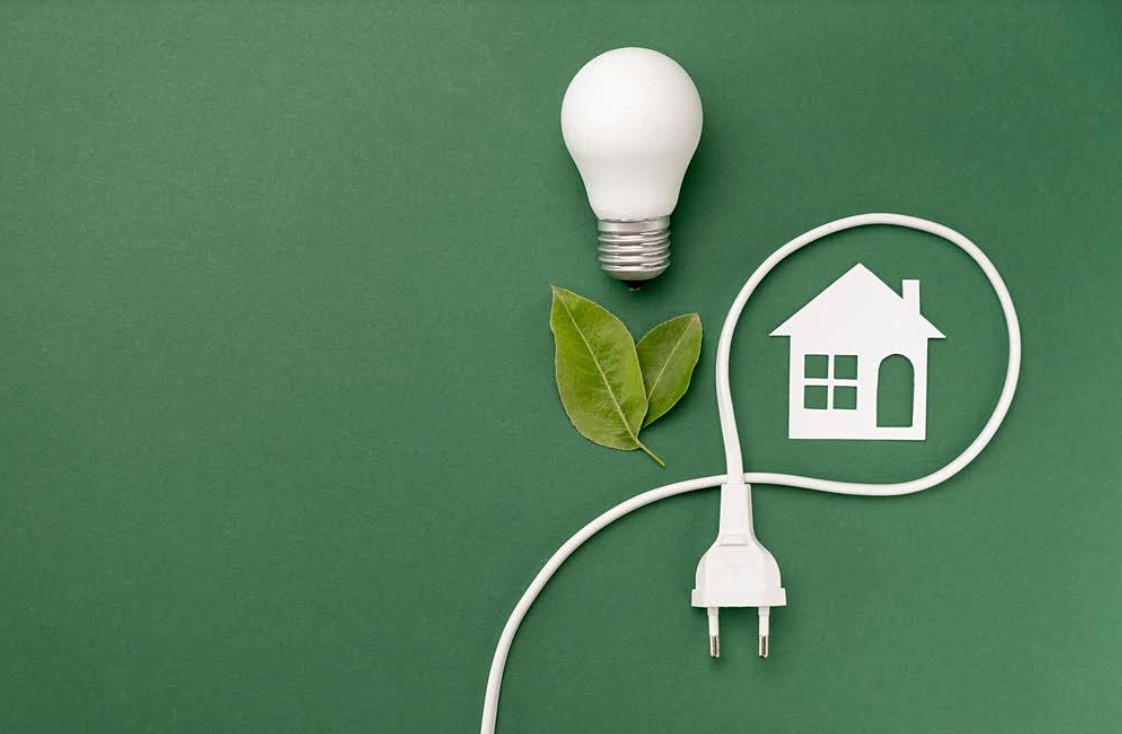
For most of recent history, advancements made in technology have tended to prioritize convenience and functionality. New technology has always sought to make our lives easier and to do things that haven’t been possible before. More recently though there has been an additional factor that has driven technological development – the climate crisis.
This introduces the fairly new phenomenon of modern technology not only being about convenience, but by being about responsibility too. You just need to think about how many companies are tripping over themselves to attach some sort of “green” credentials to their products. This manifests in the form of sustainably sourced food products and electrical appliances touted as being “energy efficient”. Furthermore, if any of these new products can also boast that they are constructed from recycled materials, all the better.
Indeed, for any company producing almost any kind of product at all, not leaning into to environmental responsibility is a sure way to hurt sales. And so, we arrive at this new phenomenon of technology being about saving the planet, as well as making our lives easier.
Energy Saving Tech
New home technologies are nearly always designed to save energy. They normally do this in two different ways: by simply consuming less energy while they run and integrating smart technology and automation which alleviates the user of the need to remember to turn things off when they are not needed.
A good example of the former is the USB C rechargeable smart batteries and the like produced by innovative company Pale Blue Earth. These are the same shape and are used in the same way as traditional AA, AAA, C, and 9v household batteries, but they also include a smart battery management system and are considerably more energy efficient.
Here we see again how technology today is often orientated towards convenience and environmental responsibility.
Smart Devices for Reducing Your Carbon Footprint
To get a real sense of this technological revolution, it is worth looking at a few more common devices designed specifically to reduce the user’s carbon footprint.
Smart Homes
A smart home is not one single technology, it is several. There are endless new household devices that save energy, and the smart home is all about integrating all these together. When comprehensively installed, this leads to homes that can automatically turn off appliances, heating, and lighting when these are not needed, report to homeowners the current rate of household energy consumption, and which can link together several energy saving devices. This is technology is known as the Internet of Things (IoT).
Smart Traffic Systems
While every major car manufacturer has pledged to cease the production of gas-powered vehicles by some point within the 2030s, there are still millions of cars belching out emissions on our roads.
A smart traffic system reduces the impact of these vehicles by using sensors to detect traffic load and reducing the amount of time cars are waiting at lights (which is when they produce the most emissions, and wastefully). It is all about keeping traffic flowing, and it significantly reduces emissions at the same time.
Smart Grids and Meters
Energy grids and the meters inside homes are part of public energy provision and, again, smart technology is making them less wasteful. Smart energy grids collect and analyze energy consumption data, and this information is made available to consumers. This is a good example a collective environmental effort made possible by smart technology.
All this technology is defined somehow as “smart”. And it is precisely this smart technology that is making a more energy conscious future possible.








